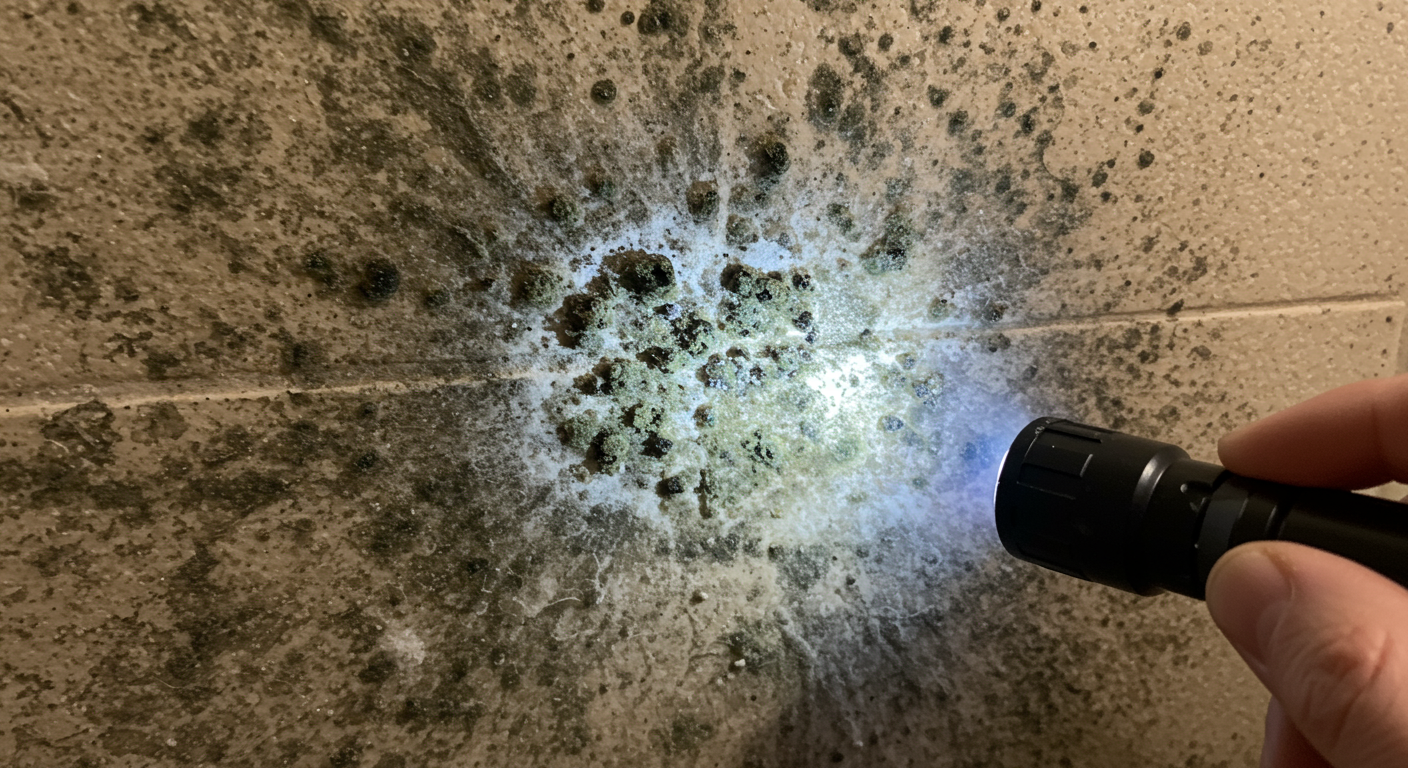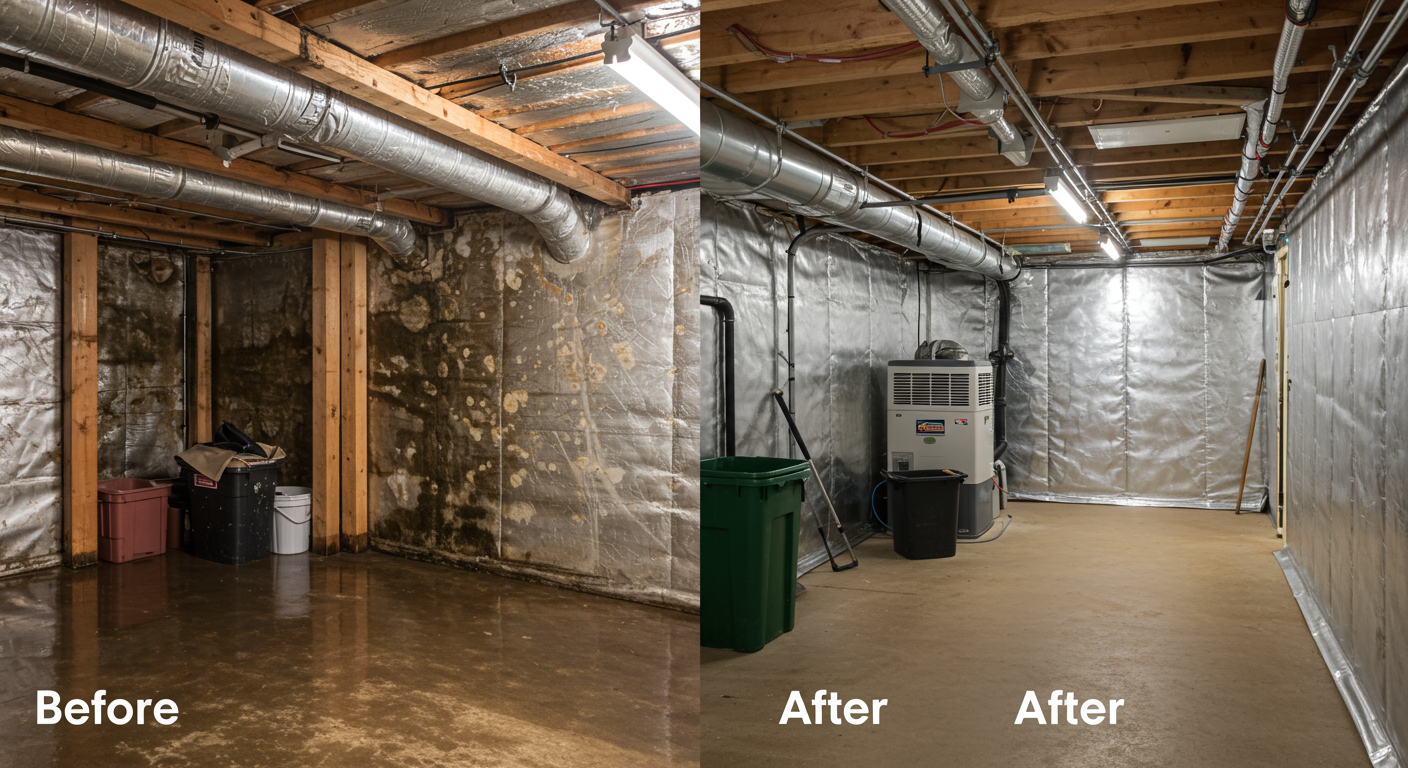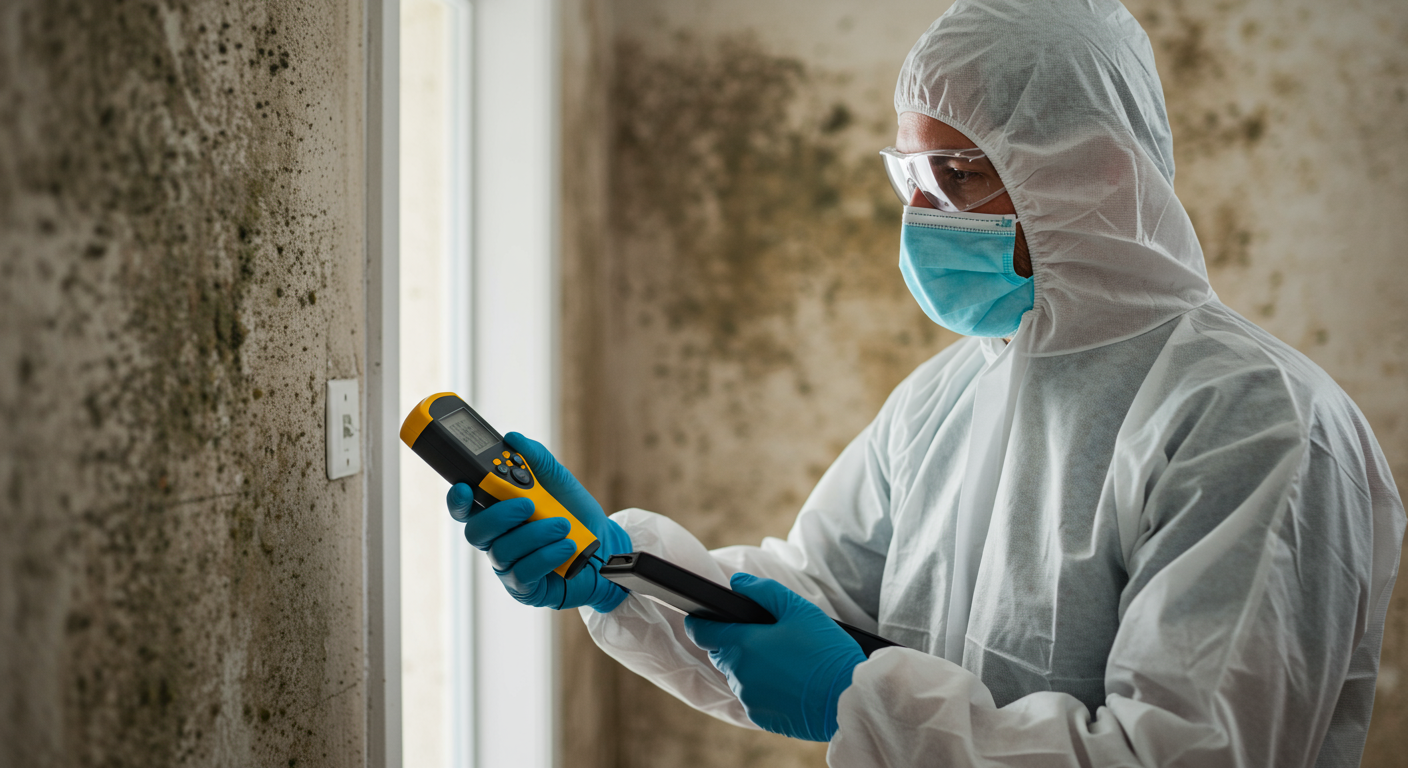Mold is a common yet often overlooked problem in homes, especially in areas like Los Angeles, CA, where the climate can create ideal conditions for its growth. This guide will help you understand the risks associated with mold, how to identify it, and actionable steps to prevent and manage it effectively. With the right knowledge and resources, you can protect your home and health from the adverse effects of mold.
Understanding Mold and Its Risks
What is Mold?
Mold is a type of fungus that thrives in damp, humid, and poorly ventilated environments. It reproduces through tiny spores that travel through the air and settle on surfaces. While mold is a natural part of the environment, its presence indoors can lead to significant problems. Common types of mold found in homes include black mold, Aspergillus, and Cladosporium.
Health Risks Associated with Mold Exposure
Exposure to mold can have serious health implications, especially for individuals with allergies, asthma, or weakened immune systems. Common symptoms include respiratory issues, skin irritation, and watery eyes. Prolonged exposure can lead to more severe conditions like chronic sinus infections and even neurological problems. Protecting your family from these health risks requires early detection and prompt action.
Identifying Mold in Your Home
Common Signs of Mold Growth
Detecting mold early is crucial to prevent it from spreading. Some common signs include:
- A musty odor in certain areas of your home.
- Visible black, green, or white spots on walls, ceilings, or furniture.
- Peeling paint or wallpaper.
- Increased allergy symptoms among household members.
If you notice any of these signs, it’s essential to investigate further and take immediate action.
Areas Prone to Mold in Los Angeles Homes
In Los Angeles, certain areas of the home are more susceptible to mold growth due to the climate and common building practices. These include:
- Bathrooms: High humidity levels make bathrooms a hotspot for mold.
- Kitchens: Poor ventilation and water leaks can lead to mold in cabinets and under sinks.
- Basements: These spaces are often damp and poorly ventilated.
- Laundry rooms: Damp clothes and condensation create ideal conditions for mold.

Actionable Tips for Mold Prevention
Keeping Your Home Dry: Key Strategies
Preventing mold starts with controlling moisture levels in your home. Here are some effective strategies:
- Fix leaks promptly: Address plumbing and roof leaks as soon as they occur.
- Use exhaust fans: Install fans in bathrooms and kitchens to reduce humidity.
- Seal windows and doors: Prevent water from entering your home during rainstorms.
By maintaining a dry environment, you can significantly reduce the risk of mold growth.
Using Dehumidifiers and Ventilation
Dehumidifiers are an excellent tool for keeping indoor humidity levels below 50%, which is ideal for preventing mold. Additionally, ensure proper ventilation in all rooms, especially in areas prone to moisture. Open windows and doors whenever possible to allow fresh air to circulate. Regularly clean and maintain your HVAC system to prevent mold spores from spreading through your home.
Local Resources for Mold Issues
Reporting Mold Problems in Los Angeles
If you encounter mold in your rental property, it’s essential to report it to your landlord or property manager immediately. Tenants in Los Angeles have rights under California law to live in a habitable environment, which includes mold-free living conditions. You can also contact the Los Angeles County Public Health Department for guidance and support.
Where to Find Professional Help
For severe mold problems, professional remediation services are often necessary. Certified mold remediation experts can assess the extent of the issue, remove the mold safely, and prevent it from returning. Local services like Expert Mold Remediation Services in Los Angeles, CA: Comprehensive Guide to a Healthier Home offer reliable solutions tailored to the needs of Los Angeles residents.
Managing mold in your home is essential for maintaining a safe and healthy living environment. By understanding the risks, identifying early signs, and taking preventive measures, you can protect your family and property. If you need professional assistance, don’t hesitate to reach out to local experts for help. Stay proactive, and keep your home mold-free!


